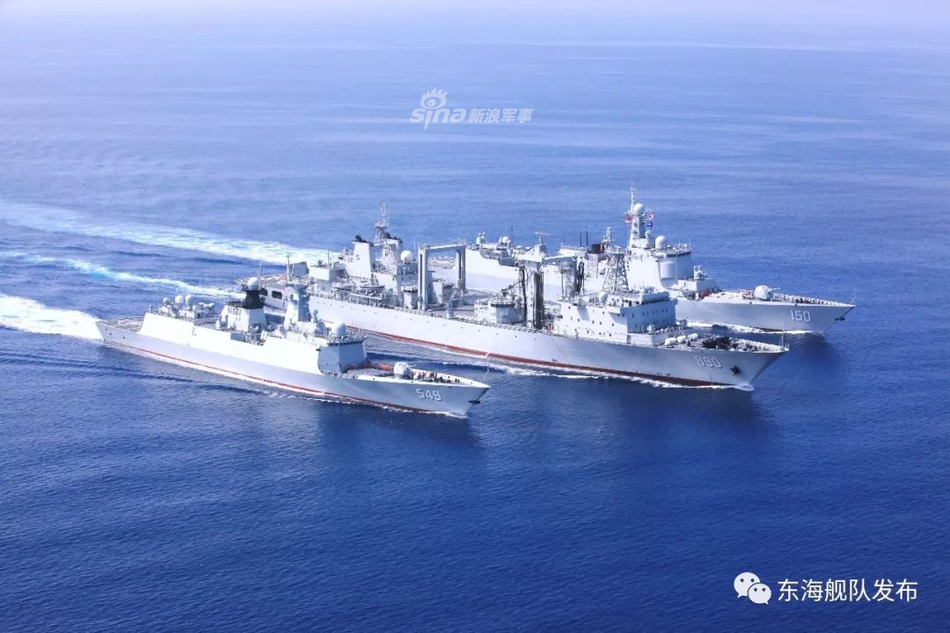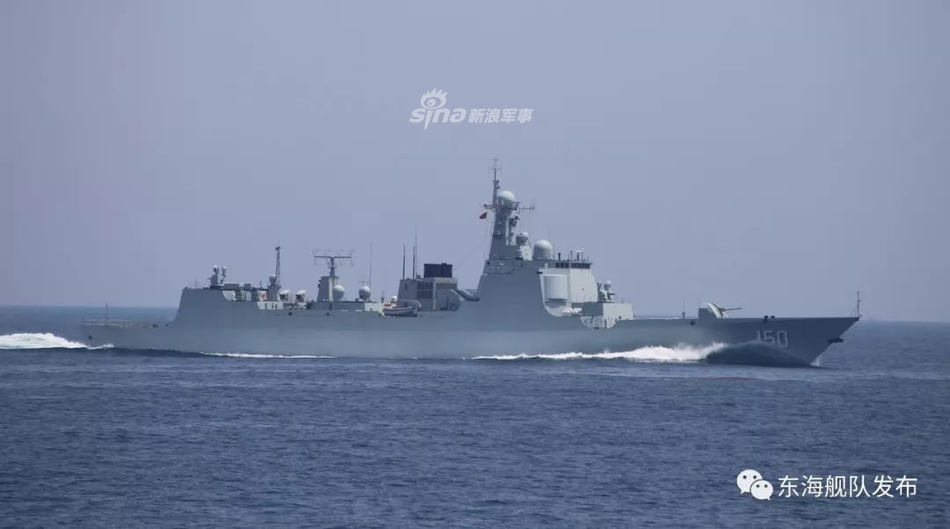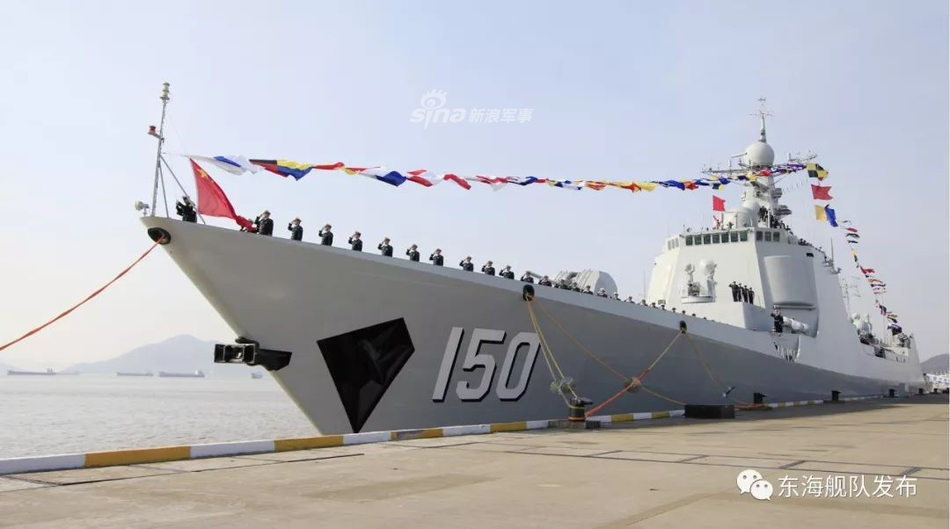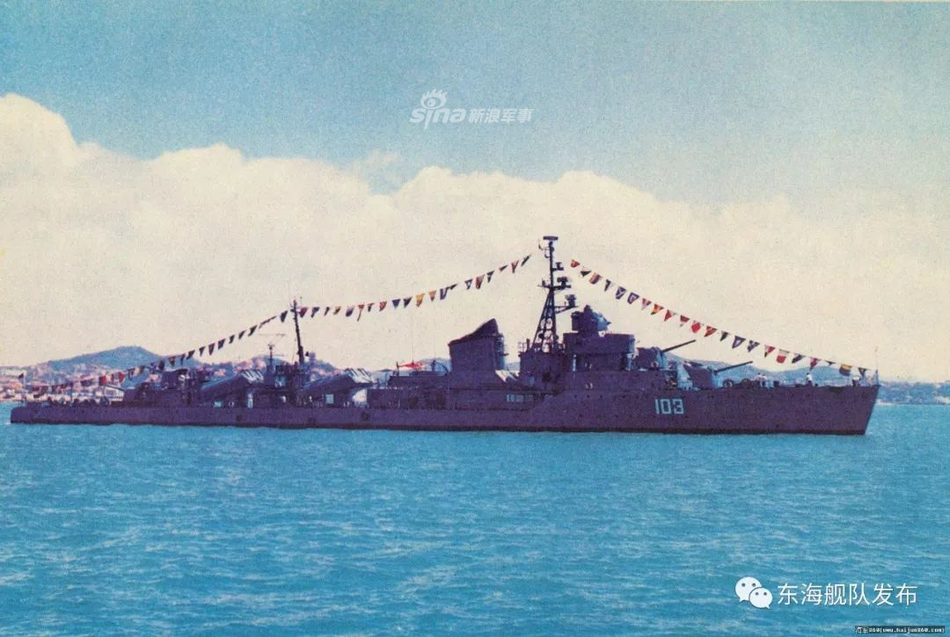Range determines the length of your duty cycle, since you have to wait for the echo before you can transmit again, which is determined by the time it takes to travel by the speed of light / 2, and no less. So for long range you cannot have short PRF anyway, and short PRF will not allow for long range.
Was writing it so fast while sleeping in my bed, so I didn't compose this properly. Range determines the total signal time, since the receiver has to wait for the echo to be received before the transmitter can send out again. Duty cycle is determined by pulse width / signal time. You can have an extremely short pulse width characterized by high peak power, or a longer pulse width with lower peak power, but the PRF would remain the same no less and so will the total energy being transmitted. What would change is the PRR or the length of time of Receive, before Send again. So the number of pulses sent out per second will be the same, based on range, with 300km per millisecond which is the speed of light. So the total travel distance is going to the target, then reflect back to the source, the range would be half that. Total signal time itself is a reciprocal of PRF. But there is also a dead time where phase shifters have to be reset, and that is done during this waiting period.





